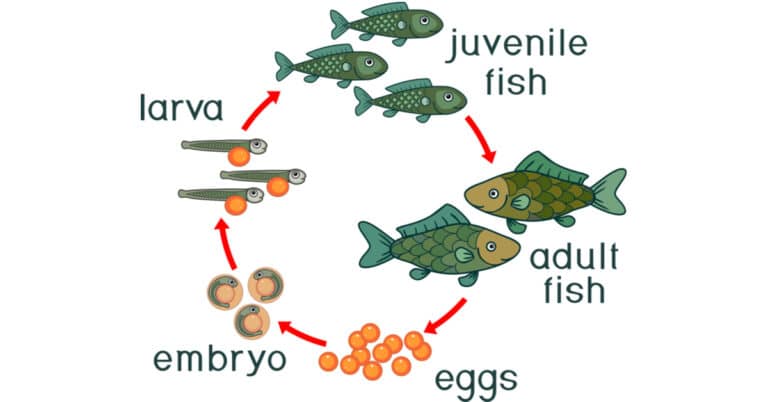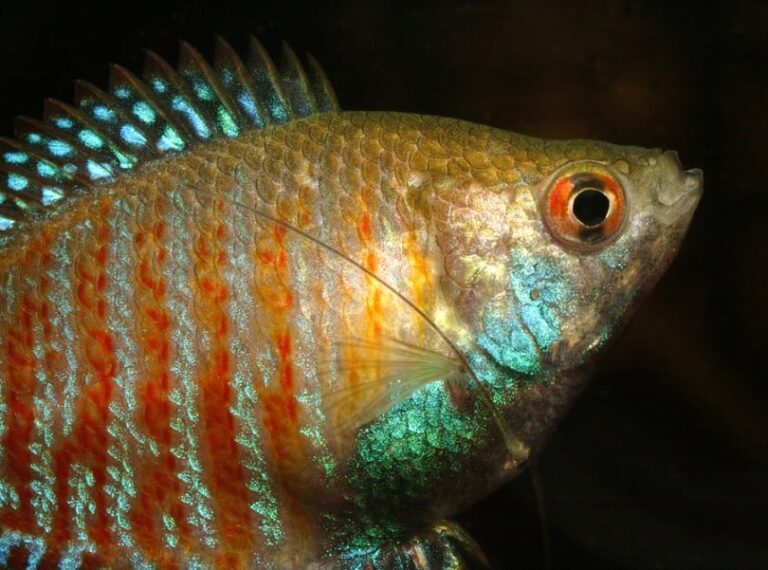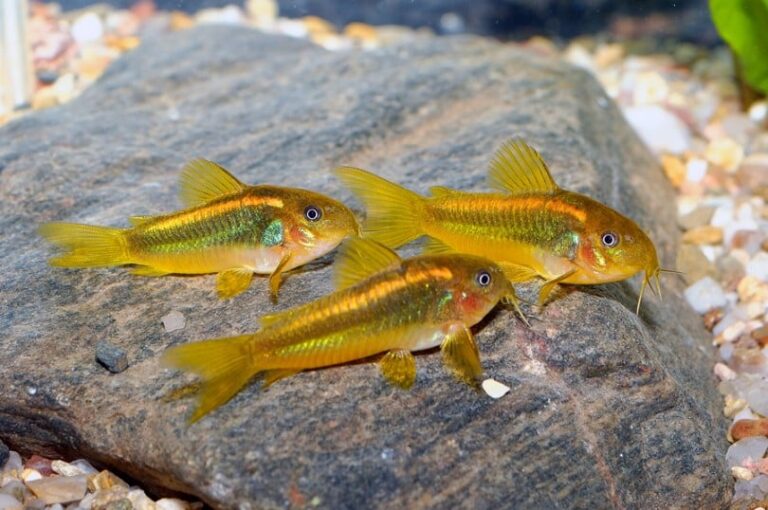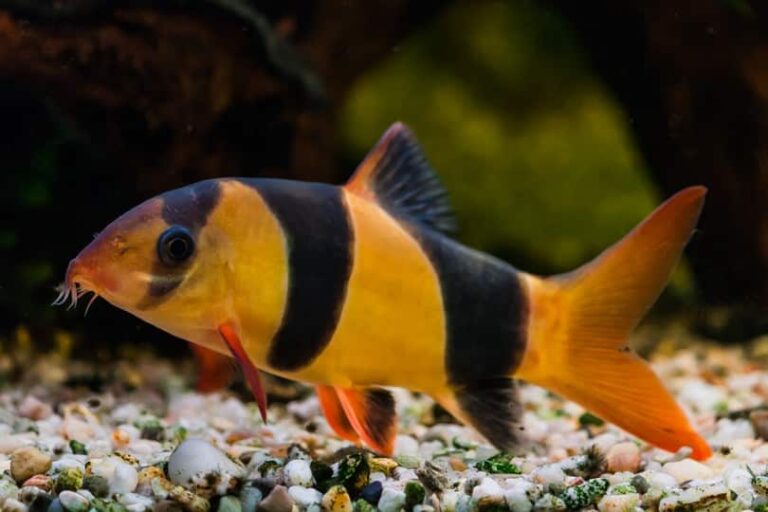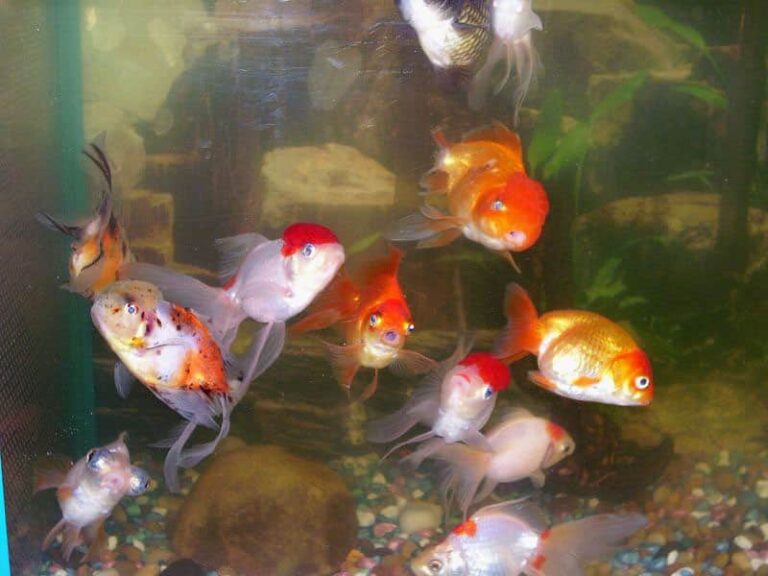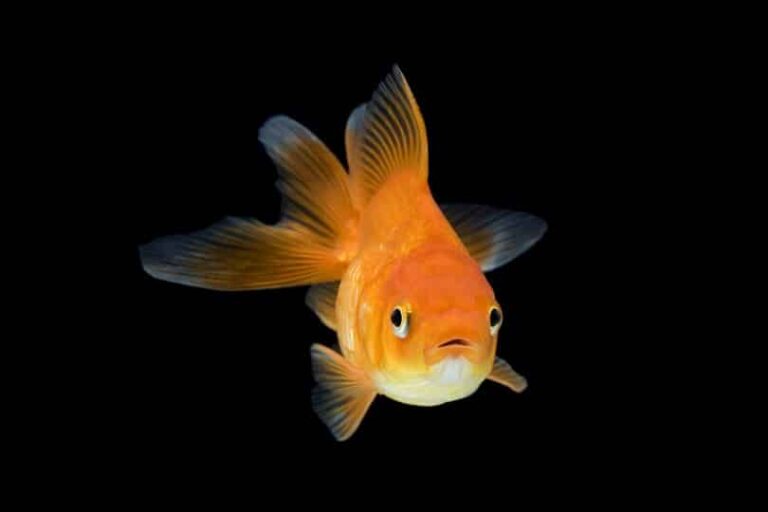Types of Fish Food
Feeding your tropical fish a balanced diet that is tailored to the species is absolutely crucial, though it is often overlooked by those who are just starting with their first aquarium. Proper feeding maintains a healthy immune system, stimulates growth and breeding, improves the appearance of fish, and encourages activity. Different species of fish require different diets so it is essential that you research the eating habits of the fish you plan to have in your tropical aquarium. Most tropical fish require a diet of several different foods, not just one can of fish flakes.
There are many different forms of dry foods, including flakes, granules, pellets, and wafers. These can be found in a surprising variety of compositions; choose a dry food based on your fish species’ recommended diet. These are often fortified with extra vitamins and minerals and are important if you want your fish to remain healthy. Some are plant-based, while others are based on fish or animal products. Some are specialized for developing bright colors in your fish or other purposes. Dry foods are preferred by many because of the ease of storage and feeding.
There is a surprising variety of food choices for your tropical fish. You are not restricted to the typical fish flakes or pellets that you may assume are the only choice for fish food. Small fish may do fine on fish flakes, though larger tropical fish require a specialized diet.
Many fish are carnivores or omnivores, meaning that they need some meat-based food. Frozen or freeze dried bloodworms are becoming a popular choice. Blood worms are actually mosquito larvae; they look like small red worms. They are known to be very nutritious for your fish. They are about half an inch in length. In the wild, they can be found at the bottom of ponds. Blood worms sold as fish food may be fresh or frozen. Cubed frozen bloodworms come in a plastic package with a foil cover over each ice-cube shaped section of frozen worms. Each time you feed the fish, simply drop one of these cubes into the tank. It will slowly melt, breaking apart so that the fish can eat the individual worms.
Other fresh or frozen foods include brine shrimp or krill (either live or frozen). Krill is known to bring out the bright colors in tropical fish. Worms are a very popular choice, especially for larger fish such as full-grown Cichlids. The choices available vary depending on your aquarium store. They may include black worms, Tubifex worms, or even earthworms. Many worms are high in protein, making them very healthy for your fish. Tubifex worms are fed to encourage your fish to grow. Some can be fed whole, either live or frozen, while others need to be chopped up before feeding to your fish. Brine shrimp and worms are typically considered as a treat, and should not be used as your fish’s only food source because they do not provide a balanced diet.
Another unique food that you can feed your fish on occasion is the Daphnia. These small crustaceans may be referred to as water fleas. They can be found in ponds during spring and summer, but you should not catch them on your own. Live food that has been caught in the wild may carry unknown diseases that can be introduced to your aquarium. Instead, purchase them from an aquatic shop. Although Daphnia do not have great food value, most fish love them, and it will add variety to their diet.
Other solid foods may include small feeder fish fed to bigger fish; some species of fish will thrive on this type of feeding structure, though many, especially small community fish, will not routinely go after another fish. If you are eating fish for dinner, you can even cut off a small piece and drop it into the tank; most fish will love it. A good rule of thumb is to feed freshwater fish with saltwater fish, and feed saltwater fish to freshwater fish. This will prevent your fish from catching any diseases present in their food.
These foods can be purchased from your local aquarium supply store. Depending on your choice, it may need to be used within a day or two, or it may be able to be frozen. These can add variety into your fish’s diet. Many people don’t think about this, but your fish will get bored eating the same thing day after day, just like you would. Most species of tropical fish will thrive on live or frozen solid foods. They can be used as the fish’s sole source of food, though most fish owners use them to supplement a diet of flakes or pellets.
Many fish feed mostly, or even solely, on vegetable-based foods. These herbivores include most catfishes as well as many other fish. They will typically eat algae and live plants in your tank. Rather than feeding at specific times, you may notice them nibbling throughout the day.
Assuming that you have a non-planted tank and the algae in your aquarium is not out of control, you will need to supplement the fish’s diet with extra vegetable matter. You can add blanched lettuce and spinach leaves, zucchini, cucumber slices, and peas directly to the tank. The food should be soft and broken down into appropriately sized pieces. Let them float for just an hour or two before removing them, of course, or these vegetables could make a mess out of your tank. There are also a number of flaked foods available that are formulated specifically for herbivore fish. Algae wafers are a popular choice for these species.
When determining what type of food to feed your fish, aim for two things. First, adjust the food to your fish’s needs. Second, provide variety so that your fish does not get bored. A balanced diet that is suitable for the fish species will ensure that your fish are health and thriving in your aquarium. For most tropical fish, a diet of regular fish flakes will not be sufficient.

Having discovered a fondness for insects while pursuing her degree in Biology, Randi Jones was quite bugged to know that people usually dismissed these little creatures as “creepy-crawlies”.


